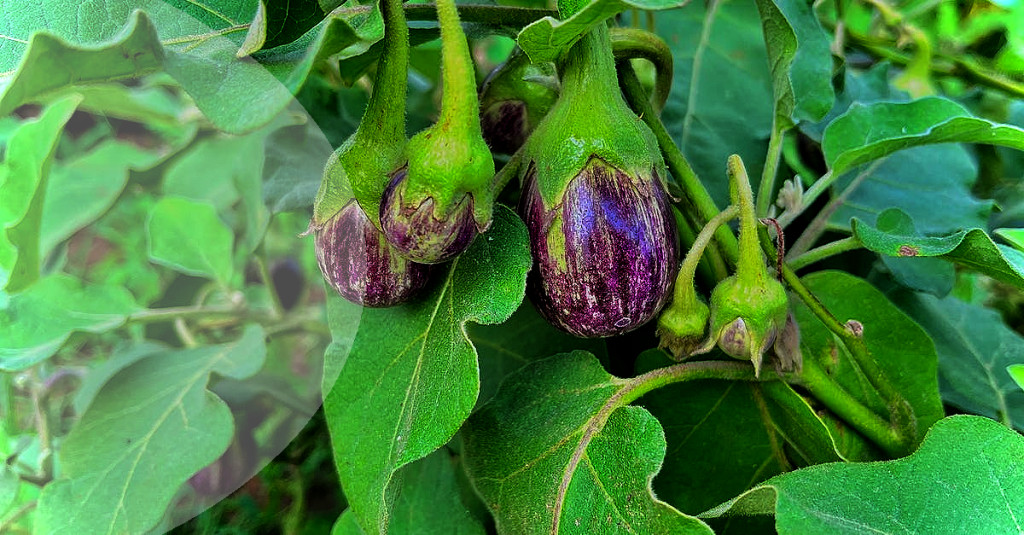From Seed to Harvest: A Guide to Growing Vegetables in Your Garden

Planting Seeds: The Genesis of Your Bountiful Garden

From tiny seeds to plump vegetables, the journey of a homegrown vegetable is nothing short of magical. The process brings joy, learning, and a deep sense of satisfaction, ensuring fresh, organic produce right at your fingertips. Follow this comprehensive guide to navigate your way through the dynamic world of vegetable gardening.
Cultivating Your Green Thumb: Nurturing the Little Sprouts
Each vegetable plant begins as a minuscule seed carrying potent potential. Various seeds including tomatoes, peppers, beans, peas, and cucumbers can be readily sourced from reliable seed merchants like Baker Creek Heirloom Seeds.
Selecting high-quality seeds ensures your vegetables grow healthily and yields are bountiful. Make sure to follow the planting instructions specific to each variety. Factors such as soil temperature, depth, and light exposure can greatly impact germination.
Branching Out: Transplanting Your Seedlings
Once your seeds sprout, adequate sunlight, water, and nourishment are essential for sturdy growth. Position your seedlings in a sun-drenched area that receives at least 6-8 hours of sunlight each day. Steer-clear of drenching your plants; instead, water them consistently and evenly. Maintain moisture levels but do not overwater.
Cater to your seedlings' nutritional needs via compost or an ensure a nutrient-rich soil mixture. Websites like Gardener's Supply Company offer organic fertilizer options. Remember, happy and healthy seedlings will eventually transition into lush, productive plants.
Thriving in the Great Outdoors: Maintenance is Key

When your seedlings develop their first set of true leaves and have rooted well, it's time to transplant them outdoors (weather permitting). The key to successful transplantation lays in gradually acclimatizing the seedlings to outside conditions, also known as 'hardening off'.
Start by introducing your seedlings to the outdoors for a few hours each day in a sheltered location. Gradually increase their outside time over a week or two before permanently planting them outdoors.
Reaping the Harvest: The Fruit of Your Labour
Once outdoors, maintaining the vegetable garden becomes crucial. Weed regularly to prevent nutrient competition and pest infestations. Consistently check for signs of pests or diseases. Implement organic pest control methods and do not ignore potential issues.
Water your plants early in the mornings, focusing on the roots rather than the leaves to avoid fungal diseases. Ensure your plants receive balanced nutrition to maintain their vibrancy.
Growing Beyond: The Cycle Continues

The journey comes full circle when you start reaping your harvest. From garden to table, enjoy the benefits of your hard-fought labour. Harvesting techniques vary depending on the type of vegetable. Some crops like tomatoes and beans continuously produce.
Be patient and avoid premature harvesting. Vegetables taste best when harvested at the right time. However, don't wait too long either. Overripe vegetables can attract pests and affect overall quality.
Post-harvest, continue with your garden maintenance as many vegetables have multiple fruiting cycles in a season. Compost garden waste and prepare for upcoming seasons. Gardening is an ongoing journey that fosters growth, resilience, and a perpetual cycle of life.
Growing your own vegetables is a gratifying mission, filled with exciting challenges and rewarding outcomes. As you get your hands dirty and watch your garden flourish, remember that every seed well planted, every sprout well nurtured, and every vegetable well harvested is a testament to your green thumb. Embrace the journey, from seed to harvest. Happy gardening!





